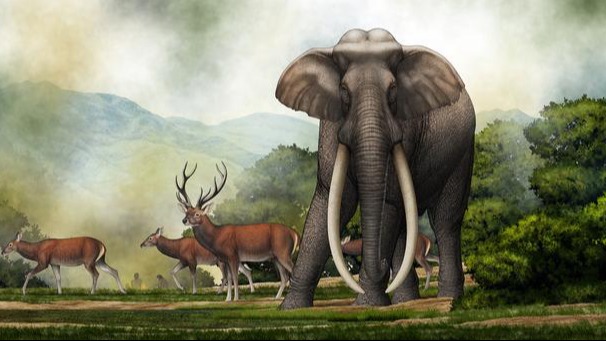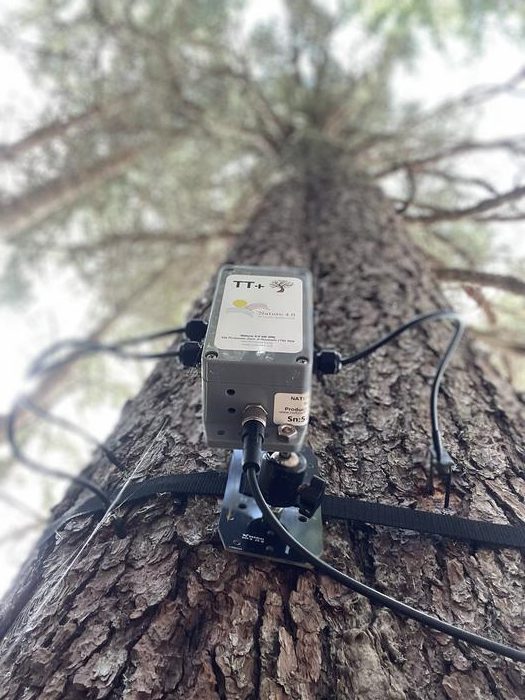Now Reading: Could Elephants Thrive in Europe Again After 700,000 Years?
-
01
Could Elephants Thrive in Europe Again After 700,000 Years?
Could Elephants Thrive in Europe Again After 700,000 Years?

Quick Summary
- Straight-tusked elephants (Palaeoloxodon antiquus) lived across Europe for approximately 700,000 years but where wiped out between 50,000 and 34,000 years ago due to human hunting during the last Ice Age.
- modern researchers investigated whether P. antiquus could live in Europe’s current climate and found that they likely could thrive today in regions such as Western and Central Europe.
- The extinct elephant played a significant ecological role by maintaining mosaic vegetation landscapes through grazing and trampling,similar to modern “ecosystem engineer” elephants.
- Their extinction affected European biodiversity,particularly species reliant on open habitats shaped by these megafauna’s environmental influence.
- Conservation strategies in Europe frequently enough focus on preserving ecosystems as they are currently rather than restoring lost ecological functions of extinct species like P. antiquus.
- Researchers suggest that introducing existing herbivores (e.g., horses or cattle) may partially compensate for the lack of extinct megafauna but emphasize the unique landscaping abilities of straight-tusked elephants.
image: Current potential distribution map showing predicted habitats for Palaeoloxodon antiquus from historical fossil evidence. (Credit: Gaiser et al.)
Indian Opinion Analysis
The findings provide a fascinating window into how large fauna like straight-tusked elephants once shaped ecosystems globally. For India-home to thriving populations of Asian elephants (Elephas maximus)-such research underscores how large herbivores play critical roles as ecosystem engineers by maintaining terrains via grazing and movement. India’s tropical forests historically benefited enormously from these interactions.
While India is actively engaged with elephant conservation efforts such as Project Elephant, the study also serves as a reminder about broader habitat restoration goals. It highlights that protection alone is not enough-the lasting coexistence of humans with wildlife requires understanding lost ecological functions over time.
The results also emphasize rethinking conservation paradigms worldwide to integrate megafaunal roles into landscape management strategies proactively. Recovering lost functionality through herbivore reintroduction offers lessons not just for Europe but also regions grappling with decreasing biodiversity levels due to human activity.Read More

























